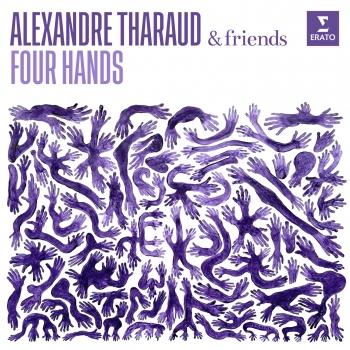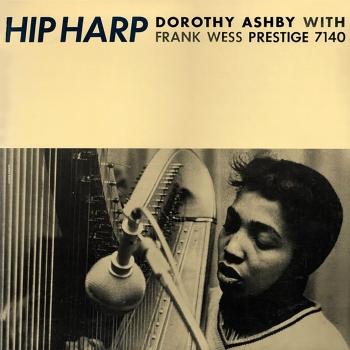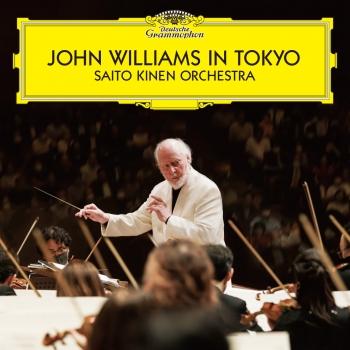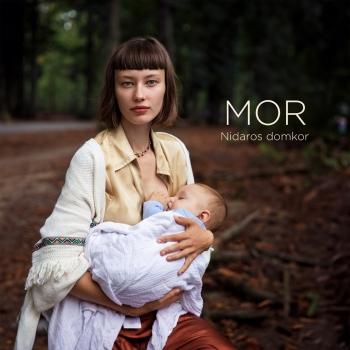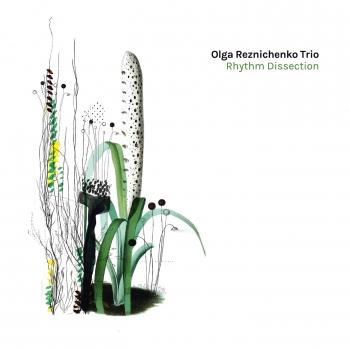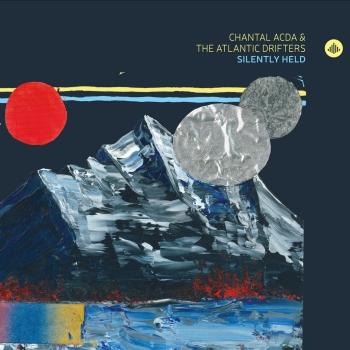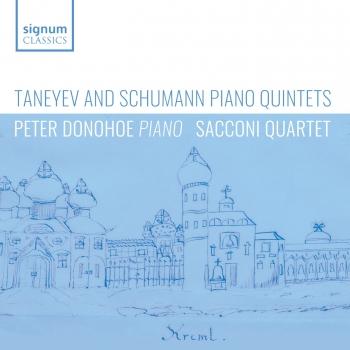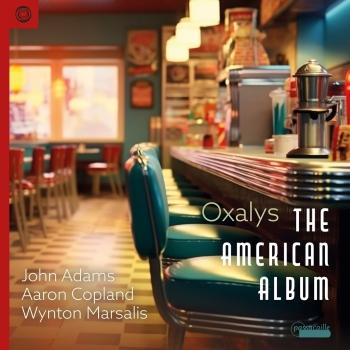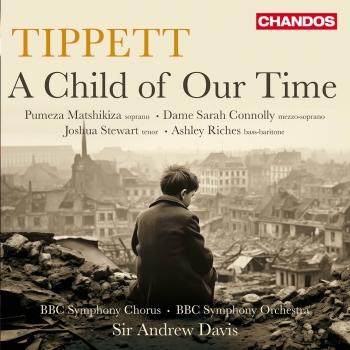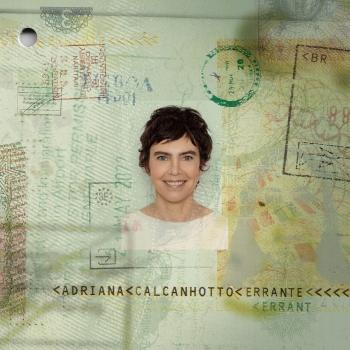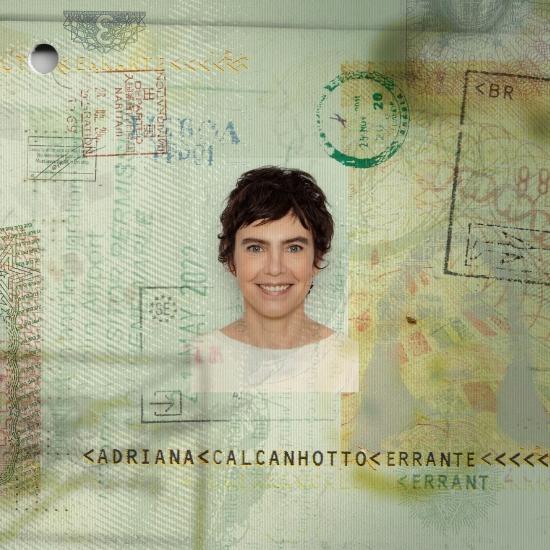
Errante Adriana Calcanhotto
Album info
Album-Release:
2023
HRA-Release:
03.04.2023
Album including Album cover
I`m sorry!
Dear HIGHRESAUDIO Visitor,
due to territorial constraints and also different releases dates in each country you currently can`t purchase this album. We are updating our release dates twice a week. So, please feel free to check from time-to-time, if the album is available for your country.
We suggest, that you bookmark the album and use our Short List function.
Thank you for your understanding and patience.
Yours sincerely, HIGHRESAUDIO
- 1Prova dos Nove02:29
- 2Larga Tudo02:50
- 3Quem te Disse?03:15
- 4Levou Para o Samba a Minha Fantasia03:20
- 5Era Isso o Amor?04:08
- 6Lovely02:45
- 7Jamais Admitirei03:15
- 8Reticências03:34
- 9Pra lhe Dizer04:50
- 10Horário de Verão03:08
- 11Nômade04:50
Info for Errante
For 30 years now, Adriana Calcanhotto has been at the forefront of a new generation of female Brazilian singer-songwriters who are equally accomplished as composers, instrumentalists, and poets. The Corona lockdown in Brazil forced Adriana to record her latest album Só ("Alone") under unusual circumstances. That is to say, in a virtual collaboration with other musicians who - just like herself - had been confined in domestic quarantine. The album, of course, underlined the loneliness experienced during this time. Now, the two-time Latin Grammy winner (in 2006 and 2010) returns with a much more outgoing effort aptly titled Errante ("Errant").
On her new studio album, her thirteenth so far, Calcanhotto is wandering between an array of different styles (everything from bossa nova, samba-canção, xote, maxixe, samba-de-roda to rock, pop, and funk carioca) and topics (love and the end of it, flirting, loss, mourning, self-reflection). At times, she quotes lines from Oswald de Andrade's famous "Manifesto Antropófago" (in "Prova dos Nove"), Portuguese poet Luís de Camões (in "Era isso?"), fellow-musician Gilberto Gil (in "Nômade"), or draws inspiration from an art installation by Lygia Clark (in "Nômade"). On "Errante", Adriana offers eleven new originals that draw a self-portrait of the artist.
The album is marked by Adriana's choice for joyous songs. The outgoing spirit does not only show in the songs, almost all of them conceived and composed since 2020. The recording sessions took place in the Rocinante recording studio (located in Araras, Petrópolis, hidden in the Serra dos Órgãos National Park and surrounded by the Atlantic Forest) and provided Adriana with an opportunity to personally reconnect with other musicians, something she very much missed during the pandemic.
Therefore, Adriana was especially eager to make Errante a real "band album". To achieve this goal the singer and guitarist (who is playing instruments that once belonged to national treasures Nara Leão and Orlando Silva) teamed-up with a couple of trusted musicians who are steeped in the various traditions of Brazilan music, yet no less familiar with contemporary styles: Alberto Continentino (bass, piano, and lyre), Davi Moraes (electric and acoustic guitars), Domenico Lancellotti (drums and percussion) - the very same band that, in 2011, had already appeared on her Latin Grammy-nominated album O Micróbio Do Samba -, and a horn section made up of Diogo Gomes (trumpet), Jorge Continentino (woodwinds), and Marlon Sette (trombone). On "Lovely", the album's only song with English lyrics, they are joined by special guest Rodrigo Amarante and his mandolin. For a while the studio became their home where they all together created the sound of this album in dialogues that were essentially musical.
"I would show them a song and they would play it without any of us saying a word," explains Adriana. "We didn't need to have gatherings, we didn't need to discuss how many times we would play a chorus, that sort of thing. Alberto uses to say that after I presented a song to them, we all were waiting for Domenico to say: ‘Dude!' [she imitates him making it sound like ‘eureka!'] Then everyone took their place and we started playing [laughs]. It was a dream. Everything very spontaneous."
Adriana Calcanhotto
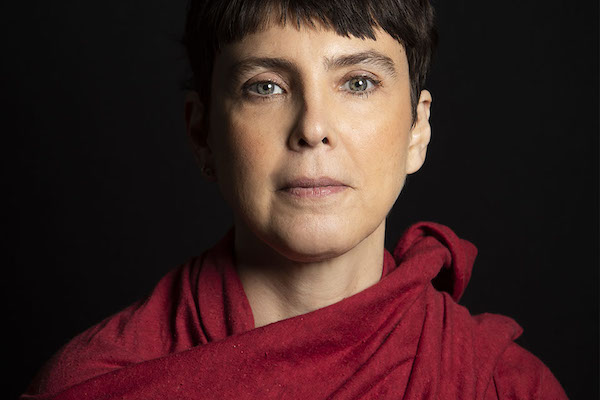
Adriana Calcanhotto
Born October 3, 1965 in Volpago del Montello, a municipality located in Veneto, Italy–Adriana has had quite a career that ranks right up there with many veteran MPB singers/songwriters.
She began learning music at age 19, while producing her first of many albums in 1990 titled Enguiço, was released in 1990 and consisted mostly of MPB covers–including the song, “Gentle on My Mind” (Track 3). The title track was here only original composition.
According to her Wikipedia page, the song Naquela Estacao done originally by Caetano Veloso was included in the soundtrack to the watched primetime soap opera in Brazilian TV history Rainha da Sucata (translated meaning
Four years later and another pair of albums released to the Brazilian people, she changed her hair color from bright blond to shorter black hair. That same year 1994 brought on a more poetic feel in A Fábrica do Poema. In 1998 came Maritmo (which is a combination of two words–marítimo (meaning maritime) and ritmo (meaning rhythm). This water theme continued on her next pair of albums.
In 2000, her biggest hit included a live album and DVD with just her on acoustic guitar (similar to the former MTV Unplugged series). It sold around 600,000 copies–nearly four times as much as her second album.
After doing a few children’s song, she brought on friend Marisa Monte in the 2008 album Maré, The highlight of that particular album was a cover of Marina Lima’s song Três. She She has toured extensively not just throughout Brazil, but also to the United States, Europe, and Japan. You can read about her highlights on tour in the book Saga Lusa (meaning Portuguese Saga). The book was released in Rio on October 28, 2008.
This album contains no booklet.

